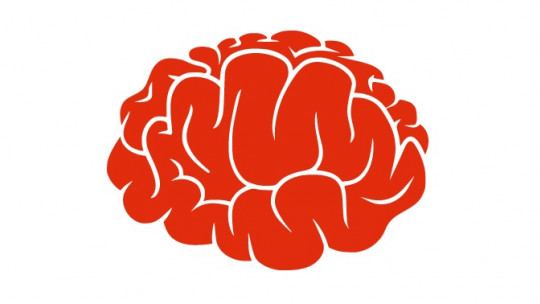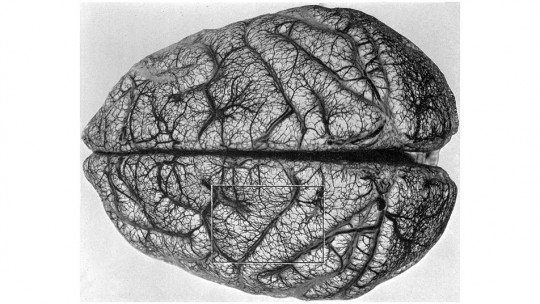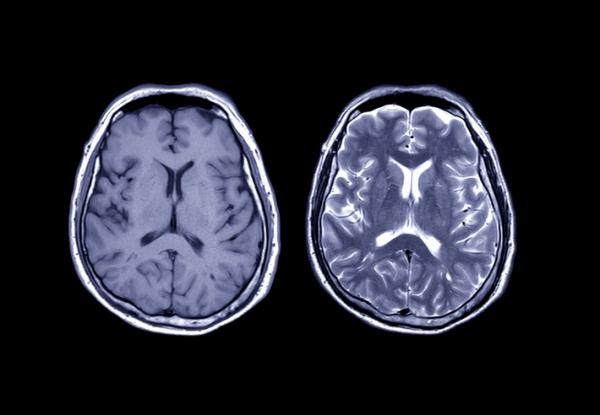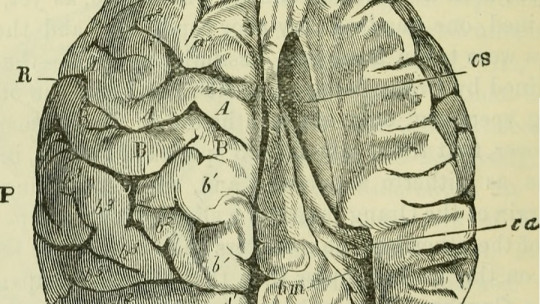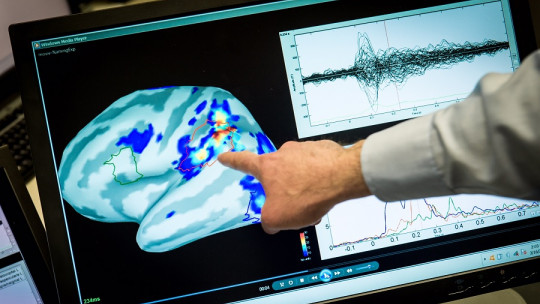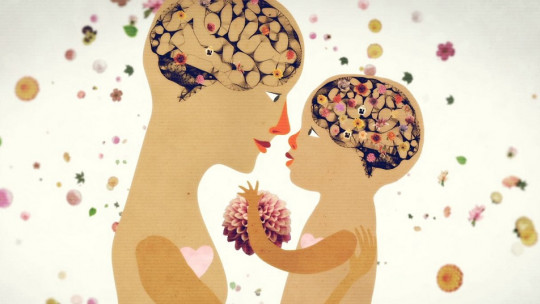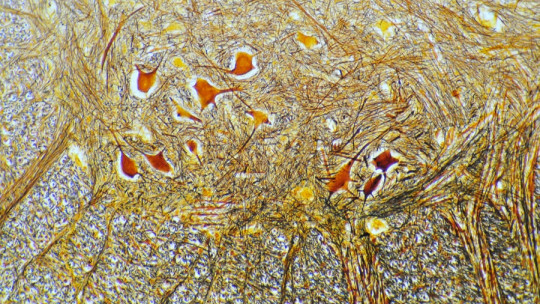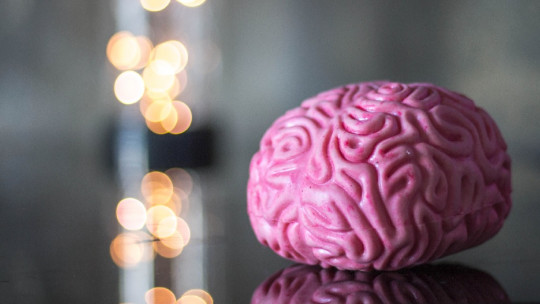Neurosciences are, in many aspects, the basis of current psychology, what allows us to structure the theories and models that try to explain behavior and mental processes. Knowing how the nervous system works, and in particular our brain, helps to raise hypotheses that we can test through research.
In this article you will find a collection of questions about neuroscience useful for reviewing the basic concepts related to this area of knowledge.
17 questions about neuroscience
These questions are not arranged in order according to any specific criteria, feel free to start answering them wherever you want.
1. What is brain plasticity?
Is about the brain’s ability to adapt to new situations whether they have to do with changes in the environment (for example, going to live in another ecosystem) or if they have to do with changes in their own morphology (for example, due to injuries).
2. What is the most abundant type of cell in the brain?
These are glial cells, which fulfill a wide variety of functions, including supporting neurons.
3. In what type of memory is the hippocampus not involved?
Memories based on memorization of body movements, as well as those that are fundamentally the emotional charge of an experience, do not concern the hippocampus, and are rather related to the amygdala and basal ganglia.
4. What differentiates hormones from neurotransmitters?
Neurotransmitters are fundamentally because They act as mechanisms for transmitting information between neurons , and as such they travel through the synaptic space, exerting their effects quickly. Hormones, on the other hand, travel through the blood, and take longer to reach a place where they trigger an effect. This is one of the questions in neuroscience that is based on knowledge not limited to the nervous system.
5. Approximately how many neurons are there in the brain of an adult human being?
There are about 80 billion neurons.
6. At what stage of life do the neurons in the brain have the most connections with others?
This occurs during the first months of life. Soon after, through a genetically programmed pruning system, many of these synaptic connections disappear.
7. What brain structures are most related to emotions?
Are correspond to the limbic system : the hypothalamus, the amygdala, the septum, the fornix and the cingulate gyrus.
8. What type of emotions and sensations do dopamine and GABBA produce?
This is a trick question, since each neurotransmitter does not have specific sensations associated with it. All of them can have different effects, depending on the context in which they are used.
9. What is the corpus callosum?
It is the part of the brain that unites both hemispheres of the brain, causing the axons of neurons to pass from one side to the other
10. What does the so-called “white matter” of the nervous system owe its color to?
What gives it this characteristic color is, fundamentally, the myelin, which covers the axons of neurons. to make nerve impulses travel through them at a faster rate
11. Why do psychotropic drugs have side effects?
These effects appear, fundamentally, because the molecules released by these compounds reach areas of the body that are not of interest to affect in order to solve the problem on which the treatment is focused.
12. Is it possible to know a person’s personality from images of brain activity obtained with fMRI?
No, this type of technique for studying nervous activity does not serve to predict people’s behavior well, although in some cases can help provide some information based on probability
13. What is Penfield’s homunculus?
It is a representation of the brain mapping in which the groups of neurons that process are found. the tactile sensations of each of these areas, and those that send movement orders to the muscles in these areas.
14. Which lobe of the brain is primarily dedicated to processing visual information?
This is the occipital lobe, located in the back of the brain. It is dedicated to working with the “raw” data that enters through the visual system.
15. Are there pain detectors in the brain?
No, and therefore it is possible that small parts of your nervous tissue break without any discomfort being noticed.
16. When does the system of interconnections of the neurons in the brain stop changing?
In human beings, never, or at least while alive. Even sleeping, there are connections that are strengthened and others that are weakened
17. Is the size of the brain compared to the rest of the body related to intelligence?
Yes, but only to a certain extent. When the differences in size are not very noticeable, this relationship is diluted.

